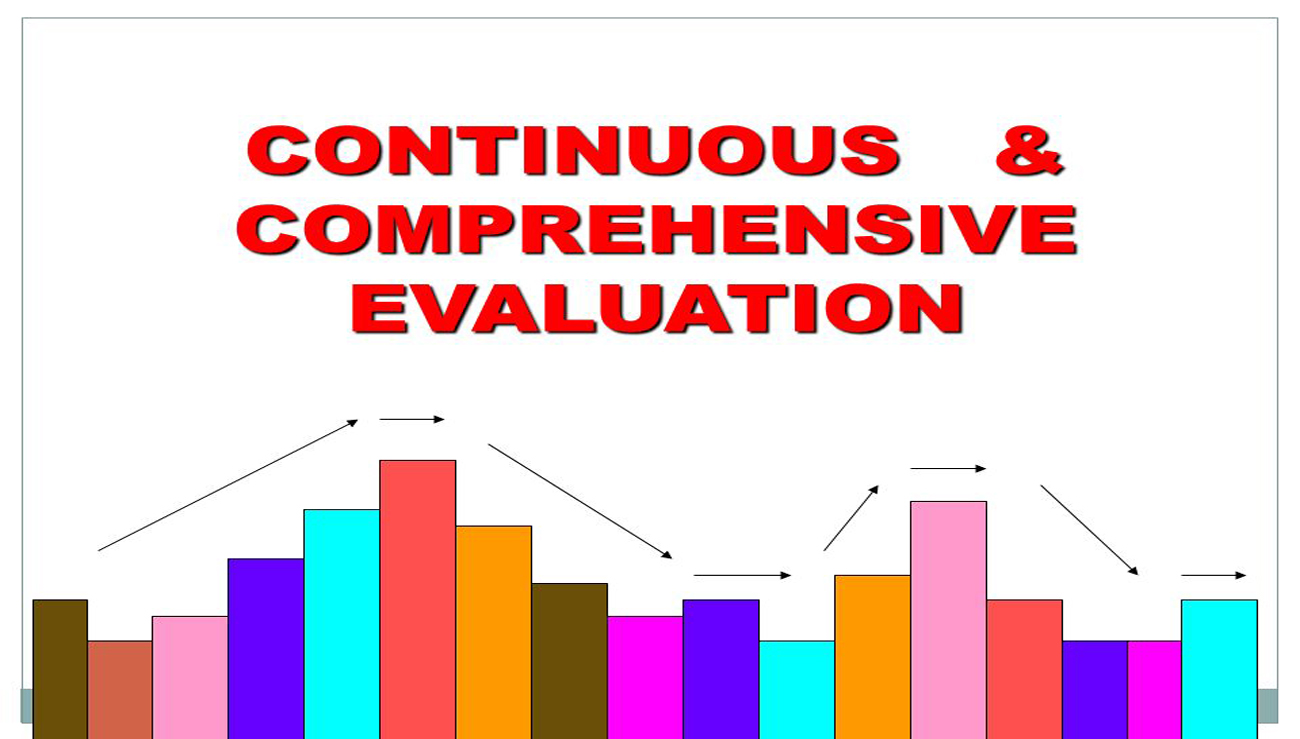
Evaluating Quality of Master Plans: A Case Study of Master Plan of Amritsar: 2010-2031
Abstract:
The purpose of a Master plan is to promote growth and regulate the present and future development of towns and cities. It is a vision document giving perspective of 20 to 25 years keeping in view the future growth of population, economic development potentials and ecological improvements likely to come up during the plan period. Therefore, the quality of Master plans is of great concern. Literature reveals that the Master plans in India have not produced a satisfactory physical environment (Tiwari, 2002) and have not been effective in the outputs as well as outcomes (Meshram, 2006) requiring a reform in the traditional Master plan making approach by incorporating evaluation right from the beginning making it an integral part of plan making exercise. For improving the quality of Master plans and plan making processes, an evaluation criteria has been prepared by the author based on the theoretical framework and evaluation principles given by various authors in various time periods. An attempt has been made to analyze the quality of Master plan Amritsar prepared by SAI consulting private limited, based on the criteria developed and the conclusions have been drawn from the results for further improvements in the quality of Master Plans of Indian cities.
Author(s):
Seema Kaushal, Assistant Town Planner, Patiala
DOI:
Keywords:
References:
Alexander, E.R. (2002). Planning rights: Towards normative criteria for evaluating plans. International planning studies, 7(3), 191-212. https://doi.org/10.1080/1356347022000001871 DOI: https://doi.org/10.1080/1356347022000001871
Alexander, E.R. (2006). Evaluation in planning evolution and prospects. Ashgate Publishing company, U.S.A. 19-39, 85-101, 149-173.
Alterman, R., Hill M. (1978). Implementation of Landuse plans. Journal of the American Institute of Planners, 44(3), 274-285. https://doi.org/10.1080/01944367808976905 DOI: https://doi.org/10.1080/01944367808976905
Baer, W.C. (1997). General Plan evaluation criteria-An approach to making better plans. Journal of the American Planning Association, 63(3), Chicago, 329-344. https://doi.org/10.1080/01944369708975926 DOI: https://doi.org/10.1080/01944369708975926
Baum, H.R. (2001). How should we Evaluate Community initiatives? Journal of the American Planning Association, 67(2), 147-158. https://doi.org/10.1080/01944360108976225 DOI: https://doi.org/10.1080/01944360108976225
Carmona, M. & Sieh, L. (2005). Performance measurement innovation in English planning authorities. Planning Theory and Practice, 6(3), 303-333. https://doi.org/10.1080/14649350500208944 DOI: https://doi.org/10.1080/14649350500208944
Alexander, E.R., & Faludi, A. (1989). Planning and Plan Implementation: Notes on Evaluation Criteria. Environment and Planning B: Planning and Design, 16(2), 127–140. https://doi.org/10.1068/b160127 DOI: https://doi.org/10.1068/b160127
Khakee, A. (1998). Evaluation and Planning: Inseparable concepts. TPR, 69(4), 359-374. https://doi.org/10.3828/tpr.69.4.3803q86489619xm7 DOI: https://doi.org/10.3828/tpr.69.4.3803q86489619xm7
Khakee, A. (2000). Reading Plans as an Exercise in Evaluation. Evaluation, 6(2), 119–136. https://doi.org/10.1177/13563890022209172 DOI: https://doi.org/10.1177/13563890022209172
Laurian, L. et al. (2004). Evaluating plan Implementation, A conformance based methodology. Journal of the American Institute of Planners, 70(4), 471-480. https://doi.org/10.1080/01944360408976395 DOI: https://doi.org/10.1080/01944360408976395
Laurian, L., Crawford, J., Day, M., Kouwenhoven, P., Mason, G., Ericksen, N., & Beattie, L. (2010). Evaluating the Outcomes of Plans: Theory, Practice, and Methodology. Environment and Planning B: Planning and Design, 37(4), 740–757. https://doi.org/10.1068/b35051 DOI: https://doi.org/10.1068/b35051
Lichfield, N., Kettle, P. and Whitbread, M. (1975), Evaluation in the Planning Process, Pergamon Press, Oxford, New York, pp. 32-97. https://doi.org/10.1016/C2013-0-02598-4 DOI: https://doi.org/10.1016/C2013-0-02598-4
Meshram, D. S. (2006). Interface between city development plans and Master plans. Institute of Town Planners, India, 3(2), 1-9.
Nallathiga, R. (2006). Development planning or development control-The changing focus of Master plan of Mumbai. Institute of Town Planners, India, 3(4), 28-35.
Nallathiga, R. (2009). From Master Plan to Vision plan: The changing role of plans and plan making in city development (with reference to Mumbai). Theoretical and empirical research in Urban Management, 4(13), 141-157.
Oliveira, V. & Pinho, P. (2009). Evaluating Plans, Processes and Results. Planning theory and Practice, 10(1), 35-63. https://doi.org/10.1080/14649350802661741 DOI: https://doi.org/10.1080/14649350802661741
The Punjab Regional and Town Planning and Development Act, 1995 (Amended 2006).
UDPFI Guidelines 1996, Centre for Research Documentation and Training, Institute of Town Planners, India, New Delhi.
URDPFI Guidelines 2014, Town and Country Planning Organisation, Ministry of Urban Development, India.
Wilson, A.G. (1971) Urban and regional planning, J.W. Arrowsmith limited, Bristol, London, 97-109.

